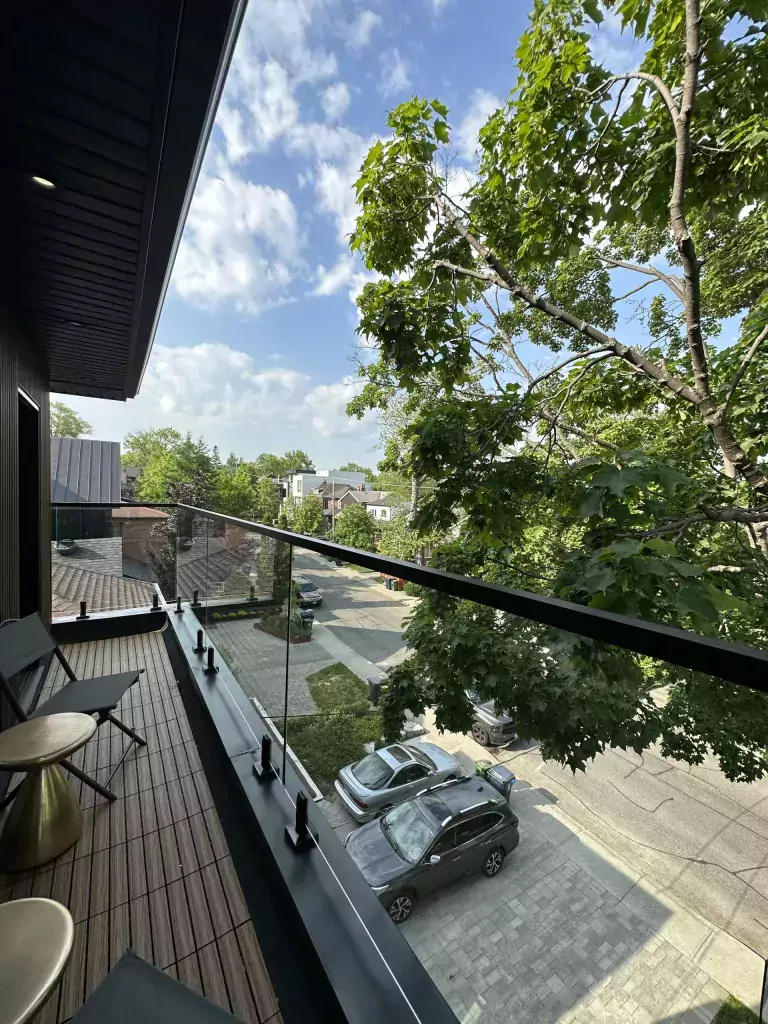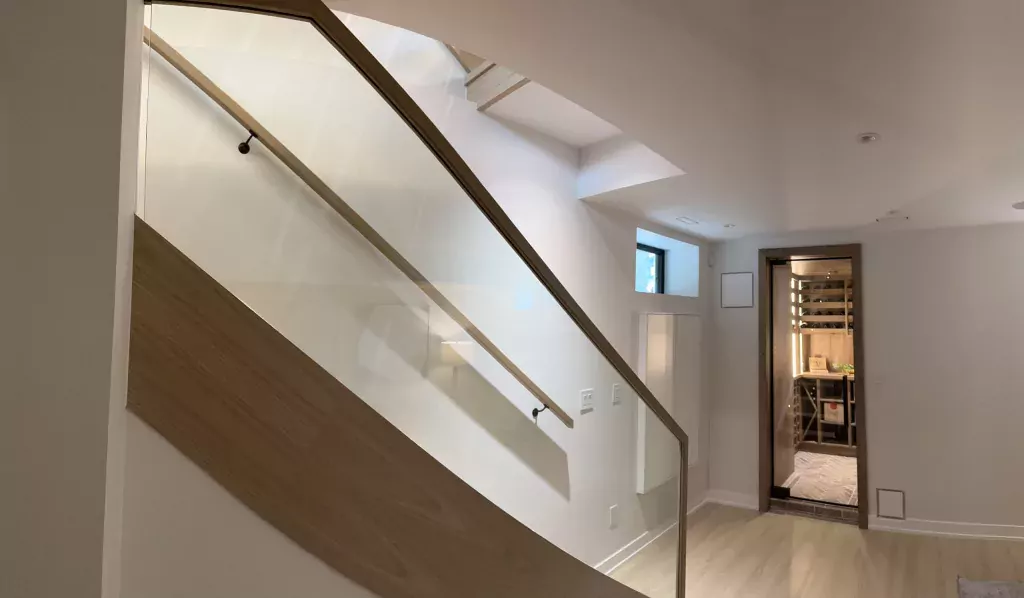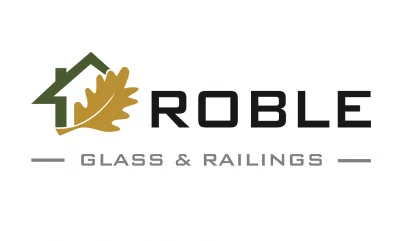
The Environmental Impact of Glass Railings: A Sustainable Choice?
Dear Roble Glass & Railings readers,
As we continuously strive towards creating more sustainable and environmentally friendly living spaces, the materials we choose for our homes and buildings play a crucial role. Among these materials, glass railings have surged in popularity, and they are admired for their sleek, modern aesthetic and ability to provide unobstructed views. However, beyond their visual appeal, it’s essential to consider the environmental implications of incorporating glass railings into architectural designs.
In this blog post, we will delve into the environmental impact of glass railings to assess whether they are a sustainable choice for new constructions and renovations. From the production processes to the potential for recycling, we aim to provide a comprehensive overview that empowers you to make informed decisions about the materials you choose for your projects. As we explore this topic, remember your pivotal role in promoting sustainability in today’s construction landscape and how materials like glass can contribute to eco-friendly building practices.
Stay tuned as we uncover the details of glass railings and their place in sustainable architecture.

The Top Trends in Glass Design for 2023
Understanding Glass Railings
Glass railings are a modern architectural feature that enhances visibility and light in space while providing safety barriers in residential and commercial environments. Typically, these railings are made from two main types of glass: tempered and laminated. Tempered glass is treated with thermal or chemical treatments to increase strength and break resistance. Laminated glass consists of two or more layers bonded with an interlayer, which holds the pieces together if shattered.
These railings are favored for balconies, staircases, and decks, where clear views are desired. The choice of glass type often depends on specific safety requirements and aesthetic preferences. By understanding these essential elements, we can better assess the environmental aspects of using glass in building projects. Next, we will explore how glass is produced and the ecological footprint of this process.
The Production Process of Glass
Glass production is an energy-intensive process that begins with three critical raw materials: sand, soda ash, and limestone. These materials are combined and heated to high temperatures, typically around 1700°C, in a furnace. This melting process transforms the raw materials into molten glass, which can then be formed into various products, including sheets for glass railings.
Energy consumption is a significant factor in glass production, with much of the energy used derived from non-renewable sources. This high energy requirement leads to considerable carbon dioxide emissions, contributing to the environmental impact of glass manufacturing. The extraction of raw materials can also affect ecosystems and landscapes.
Despite these challenges, technological advancements are helping to make glass production more efficient and less harmful to the environment. Manufacturers increasingly use recycled glass (cullet) to reduce the amount of raw materials and energy needed. This shift helps conserve natural resources and decreases the carbon footprint associated with new glass production.

Transforming Outdoor Spaces for Spring with Glass Railings
Durability and Lifecycle of Glass Railings
Glass railings are highly valued for their durability. The most common types used in these railings, tempered and laminated glass, are designed to withstand significant stress and impact. This resilience extends their lifespan, reducing the need for frequent replacements and minimizing waste over time.
The long lifecycle of glass railings contributes positively to their environmental impact. A longer lifespan means that resources are utilized more efficiently, as the products don’t need to be replaced or repaired as often. It can lead to a lower overall demand for raw materials and energy for production processes.
Moreover, the durability of glass ensures that it remains in good condition through various weather conditions and daily wear and tear, which is particularly important in outdoor installations. This aspect is crucial for reducing the environmental footprint of any building material.
Recycling and Reusability
Glass railings are recyclable, which adds a significant layer of sustainability to their use. The glass itself is the primary component of glass railings, which can be broken down and remelted to create new glass products without losing purity or quality. Recycling glass reduces the need for raw materials and conserves energy.
However, recycling glass railings involves particular challenges. Metal fasteners and framing materials must be addressed. These components must be separated from the glass before being recycled, complicating the process.
Despite these hurdles, the glass industry is making strides in improving recycling technologies and systems. More efficient methods of separating materials and better recycling facilities are being developed to enhance the overall sustainability of glass as a building material.
Energy Efficiency and Natural Light
Glass railings significantly contribute to energy efficiency in buildings by enhancing natural light distribution. By allowing more sunlight to penetrate deeper into spaces, these railings reduce the need for artificial lighting during daylight hours, which can lead to substantial energy savings.
The transparent nature of glass railings ensures that spaces feel more open and connected to the outdoors, enhancing the quality of life for occupants by providing more exposure to natural light. It helps reduce electricity consumption and benefits individuals’ mental and physical well-being.
Moreover, certain types of treated glass can offer improved thermal performance. For example, low-emissivity (low-E) glass coatings can help minimize heat loss during colder months and keep interiors more relaxed during warm months. This dual action helps maintain comfortable indoor temperatures and reduce the load on heating and cooling systems, contributing to energy savings.

The Evolution of Glass Railings: From Functional to Fashionable
Comparison with Other Railing Materials
When evaluating the sustainability of glass railings, comparing them with traditional railing materials like wood, metal, and plastic is helpful. Each material has distinct environmental impacts based on production, maintenance, and end-of-life disposal.
Wood Railings:
Wood is a renewable resource, but its sustainability depends on factors like sourcing and treatment. Railings made from wood often require regular maintenance, including painting and sealing, which can involve harmful chemicals. Additionally, they can contribute to deforestation if they are not sourced from managed forests.
Metal Railings:
Metal railings, typically made from steel or aluminum, are durable and highly recyclable. However, their production is energy-intensive and generates significant greenhouse gas emissions. Regular maintenance to prevent rust and corrosion is also necessary.
Plastic Railings:
Plastic railings are often made from PVC or other synthetic materials and are low-maintenance and weather-resistant. However, they are derived from non-renewable petroleum products and are less recyclable, which can have a detrimental environmental impact on lifecycles.
Glass railings, in contrast, offer durability and recyclability that can sometimes outweigh their initial environmental cost of production. They require minimal maintenance and do not need regular treatments with potentially harmful substances, making them an appealing choice from a sustainability perspective.

Enhancing Your Pool and Backyard with Glass Railings
Innovative Sustainable Practices in Glass Manufacturing
The glass industry has been making significant strides toward sustainability through innovative practices to reduce its environmental footprint. These advancements are crucial for making glass railings a more eco-friendly option.
Energy Efficiency Improvements:
Modern glass production facilities have begun incorporating more energy-efficient technologies that reduce the energy required to melt and process glass. It includes using electric furnaces and improving furnace designs to enhance heat retention.
Use of Recycled Materials:
Another significant trend is increasing the use of recycled glass, or cullet, in production. Cullet melts at a lower temperature than raw materials, which reduces energy consumption. It also decreases the need for virgin raw materials, conserves natural resources, and reduces quarrying activities.
Emission Reduction Techniques:
Manufacturers also focus on reducing emissions during glass production. It includes capturing and recycling gases and particulates from furnaces and using cleaner energy sources to power operations.
Development of Sustainable Products:
Research into new types of glass that have lower environmental impacts is ongoing. Innovations such as self-cleaning glass and improved thermal performance coatings help extend the life of glass products and enhance their energy efficiency in buildings.
These innovative practices help reduce the environmental impact of producing glass railings and contribute to broader sustainability goals in the construction industry.

The Dual Benefits of Glass Walls: Enhanced Aesthetics and Energy Efficiency
Final Thoughts
The environmental impact of glass railings presents a mix of challenges and sustainable features. Their durability, recyclability, and capacity to enhance natural lighting make them favorable for eco-friendly building designs. Yet, it is essential to consider their energy-intensive production and recycling complexities.
As the industry progresses with sustainable innovations, the ecological benefits of glass railings could improve further. Opting for materials that combine aesthetic appeal with environmental responsibility is crucial for sustainable construction.
Dear readers, when selecting materials for your upcoming projects, reflect on their environmental impact over the long term. Glass railings exemplify how modern materials can align beauty with ecological stewardship. We encourage you to seek advice from sustainability-focused professionals to make well-informed choices.
Are you planning a project? Connect with experts in sustainable building materials to explore options that suit your needs while caring for our planet. Through thoughtful material selection, we can contribute to a more sustainable future.



